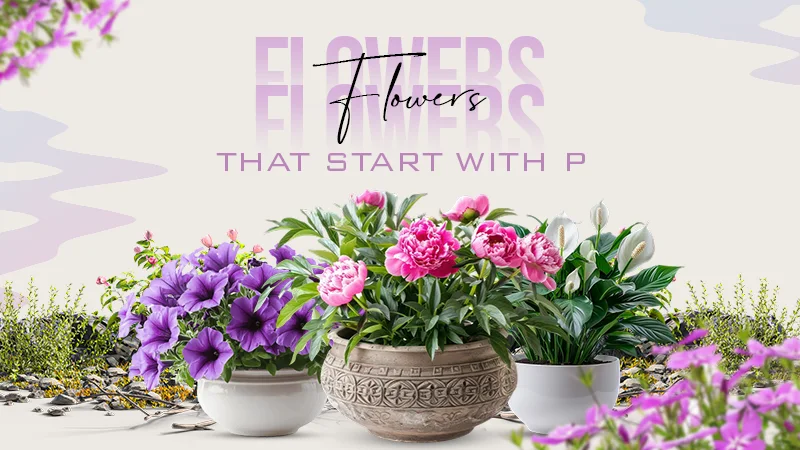When renovating your home, you probably think about new tiles, stylish faucets, or beautiful vanities. But what really keeps your renovation strong and functional lies behind the walls — your plumbing system. And at the heart of every plumbing system are the fittings.
These small but essential parts connect your pipes, direct water flow, and ensure that every drop of water gets where it needs to go without leaks or pressure problems.
In this guide from PlumbingSell.com, we’ll break down everything homeowners need to know about plumbing fittings — including the most common types, how to choose the right ones, and why quality makes all the difference in your renovation results.
Why Plumbing Fittings Are So Important
Fittings might seem like small details, but they’re what hold your plumbing system together. Whether you’re installing a new shower, updating a kitchen sink, or replacing old piping, fittings ensure your water lines connect properly and safely.
Using low-quality fittings can cause leaks, corrosion, and reduced water pressure — all of which can lead to costly repairs and even property damage. That’s why homeowners and professionals alike trust durable, certified fittings from PlumbingSell, where quality meets affordability.
The Main Types of Plumbing Fittings (and What They Do)
Every fitting has a unique purpose. Here are the most common types you’ll encounter during your home renovation:
1. Elbows
Elbows are used to change the direction of water flow — usually at a 45° or 90° angle. If you’re routing water around corners or through tight spaces, elbows are essential. You’ll find them in materials like brass, copper, and PEX.
2. Tees
Tee fittings split one water line into two. For example, a tee might branch off a main supply pipe to feed both your kitchen faucet and your dishwasher. Tees are available in different sizes to match various pipe diameters.
3. Couplings and Unions
These fittings connect two pipes together. Couplings are typically permanent connections, while unions allow you to disconnect and reconnect sections for future maintenance. They’re ideal for water heaters, sinks, and bathroom fixtures.
4. Adapters
Adapters are used to transition between different pipe types or sizes — such as connecting copper pipes to PEX tubing. This is especially useful when modernizing older homes that may have mixed plumbing materials.
5. Reducers
Reducers allow you to connect a larger pipe to a smaller one, maintaining proper water flow and pressure across your system. They’re critical in balancing supply lines in multi-fixture homes.
6. Caps and Plugs
Caps close off the ends of pipes, while plugs seal threaded openings. These are often used when a fixture hasn’t been installed yet or for future expansion plans.
7. Valves (Ball Valves, Stop Valves, Check Valves)
Valves control the water flow through your plumbing system. Ball valves are used for complete shutoff control, stop valves isolate fixtures like sinks or toilets, and check valves prevent backflow, keeping your water supply safe and clean.
8. Nipples and Bushings
Nipples are short pieces of threaded pipe used to connect two fittings, while bushings reduce the diameter between pipes and fittings. Both are small but essential in many home renovation setups.
Common Plumbing Fitting Materials
Choosing the right material is just as important as choosing the right type. Each one has its own strengths and ideal applications.
Brass Fittings
Brass fittings are strong, corrosion-resistant, and long-lasting. They work great for both hot and cold water lines and are a favorite among professionals. Brass press fittings and PEX crimp fittings from EFIELD are known for their excellent durability and leak-free performance.
PEX Fittings
PEX (cross-linked polyethylene) fittings are flexible and easy to install, making them ideal for DIYers. They’re lightweight, cost-effective, and compatible with modern plumbing systems that use PEX piping.
Copper Fittings
Copper has been used in plumbing for decades due to its reliability and heat resistance. These fittings are perfect for high-temperature water lines, though they require soldering during installation.
PVC and CPVC Fittings
PVC fittings are most often used in drain, waste, and vent systems, while CPVC fittings handle hot water. They’re affordable, lightweight, and easy to cut and glue — a favorite choice for drainage or irrigation projects.
Stainless Steel Fittings
These are more commonly used in commercial or industrial setups but are gaining popularity in modern homes for their strength and clean, contemporary look.
Threaded vs. Non-Threaded Fittings
When shopping for plumbing fittings, you’ll come across threaded and non-threaded versions.
- Threaded fittings are screwed together and usually sealed with plumber’s tape (Teflon tape) to prevent leaks. They’re sturdy and great for metal connections.
- Non-threaded fittings, such as press fittings, crimp fittings, and push-fit fittings, are quicker to install and often preferred for PEX systems. They’re ideal for DIY projects since they require minimal tools and no open flame.
How to Choose the Right Fittings for Your Renovation
- Match the pipe material. Always choose fittings that are compatible with your pipe type (PEX, PVC, or copper).
- Plan your layout. Create a clear map of where pipes will go to know exactly which fittings you need.
- Use quality seals and tape. Combine fittings with the proper sealing materials to ensure leak-free joints.
- Don’t mix metals carelessly. Some metals can corrode when connected directly; use adapters when switching materials.
- Buy from trusted suppliers. Always source from reputable sellers like PlumbingSell, where fittings meet quality standards and come with detailed specifications.
Why Homeowners Choose PlumbingSell.com for Fittings
PlumbingSell.com is a leading online plumbing supply store offering everything from brass PEX fittings, press ball valves, and PEX expansion rings to pipe connectors and installation tools. Whether you’re updating your kitchen, adding a new bathroom, or fixing old lines, you’ll find what you need at the best prices.
Here’s why homeowners love shopping with PlumbingSell:
- Huge selection of plumbing fittings and valves for every project.
- Competitive pricing with a price match guarantee.
- Fast nationwide shipping so your renovation stays on schedule.
- Bulk discounts for larger home projects.
- 14-day free returns for a worry-free shopping experience.
- Expert customer service ready to answer your questions and recommend the best products for your needs.
Tips for Successful DIY Plumbing Installation
If you’re taking a hands-on approach to your renovation, keep these best practices in mind:
- Always turn off the main water supply before making changes.
- Use proper tools like PEX crimpers, pipe cutters, and wrenches to avoid damaging parts.
- Double-check connections for leaks before closing walls or installing fixtures.
- Test the water pressure and flow after installation.
- Don’t hesitate to call a professional plumber if you’re unsure — small mistakes can lead to costly problems.
Final Thoughts
When it comes to home renovation, plumbing fittings might not be the most glamorous part — but they’re one of the most important. They keep your home’s water system running smoothly, safely, and efficiently for years to come.Whether you need PEX fittings, brass press fittings, or ball valves, PlumbingSell has everything you need to get the job done right. Explore our wide range of plumbing fittings, valves, and plumbing tools today and take the first step toward a stronger, leak-free home.




